What Is the Point of All of This, Anyhow?
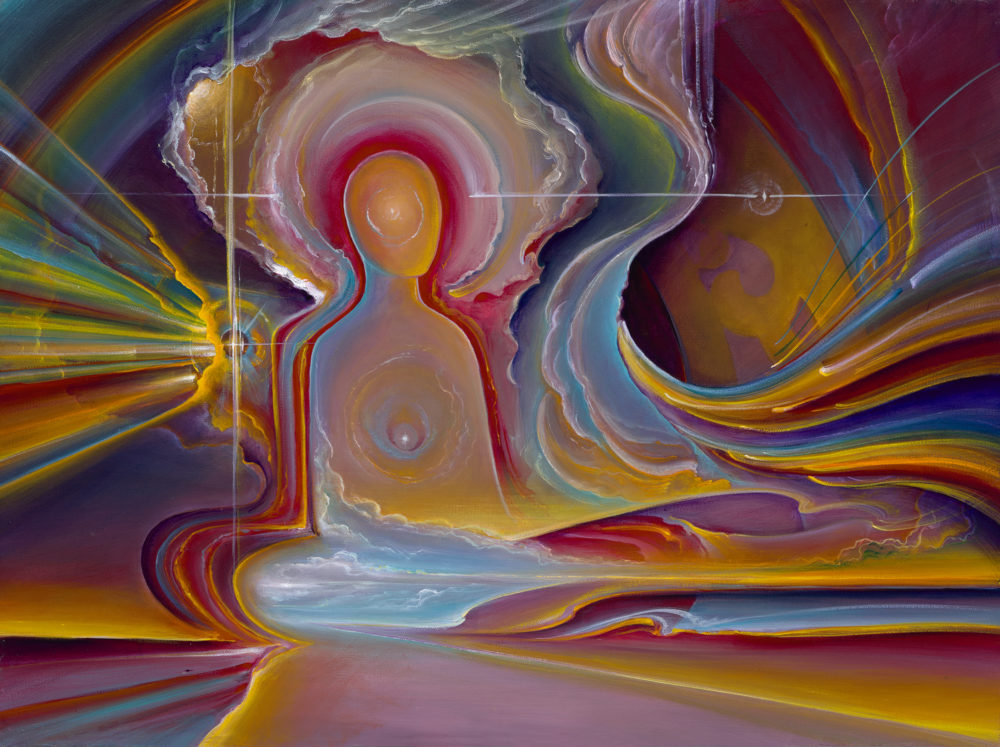
"It's nice that you make this art but what are you really doing? People talk about changing the world, about making a difference… how does this help the mother on welfare, or this or that… What difference do you think you are really making?"
Truth be told: I ponder this question all the time. I think about it while I'm driving around running errands and then going home and back to painting. What the hell am I doing anyways?
Relativity
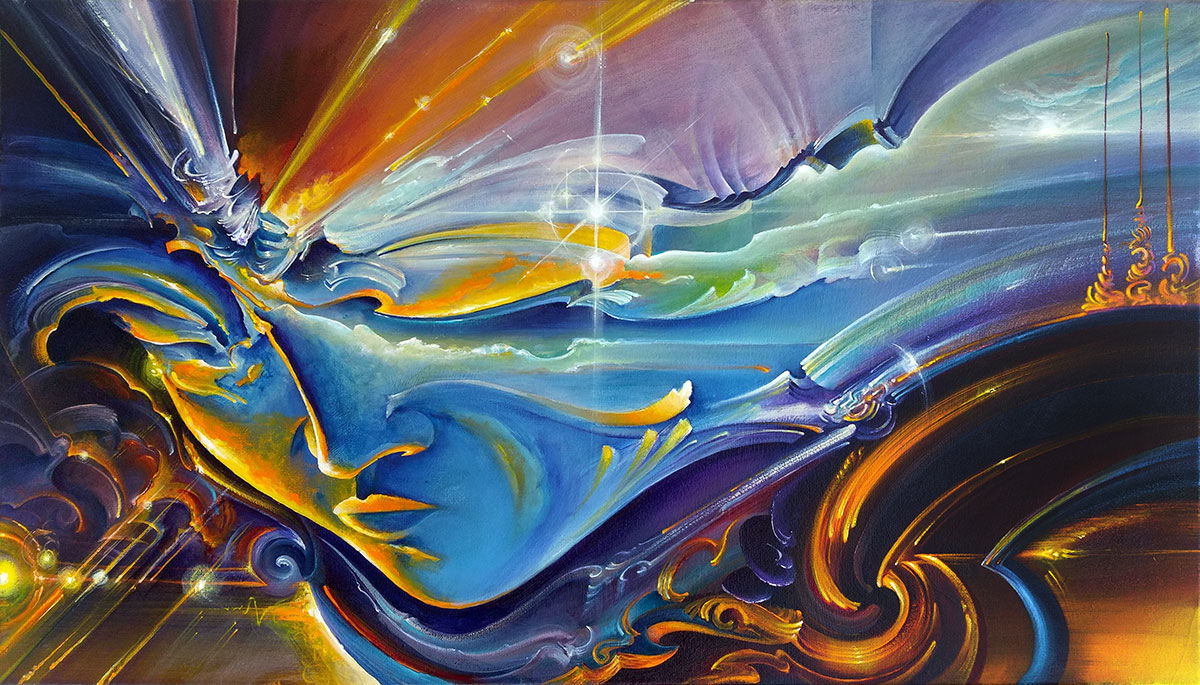
Near. Far. High. Low. Sunrise. Sunset. All's relative. The sense of perspective and point of reference. Most of all: the limits that define us: the breadth of our breath and the width of our brow. All our stories and all our beliefs. Our laws, our traditions, our ideas of love, of economics, of mine, of yours. We create systems and structures that define us and tell us how to live in community with others. All of those systems: imagined ideas, dependent on each other and, most of all, on the belief in the solidity and actuality of this 'I'. I am this. I am not that. I have this. I do not have that. Where am I in this picture? Where do I fit? And does it translate to YOU?
Every image has a perspective and offers a glimpse of what-i-see-from-here. There can be so much to a little sky scape on a little canvas. And, then again, nothing at all. Paint, arranged in a specific array, that evokes a sensation. And a flurry of ideas.
A Reason for Art
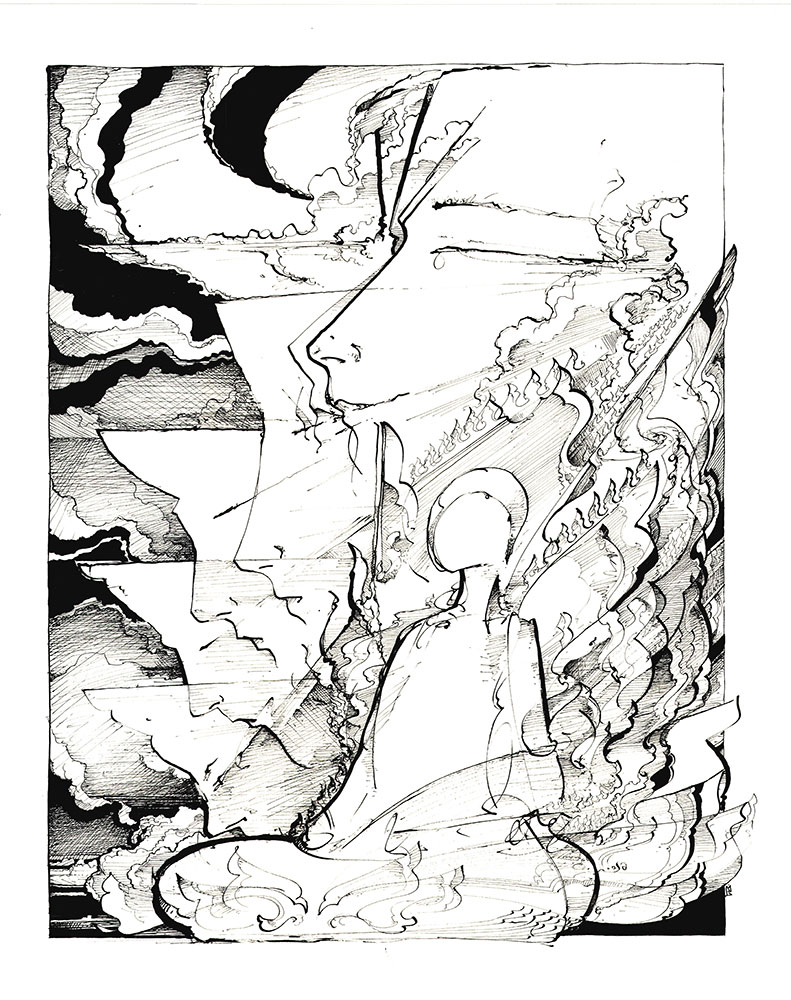
Why do we value art?
Art: it's this visual record of who we are, how we imagine ourselves, where we're going, where we've come from at some particular time. It's the visual record of out psycho-spiritual states - as a human organism. If you were to take all the varied pieces of art from all the different art movements in some brief span of time, you'd find a vast spectrum of emotions, perspectives, and inspirations. Yet, it all came from the same place - this Earth, these humans - and happened within the same relative time.
The Art of Becoming
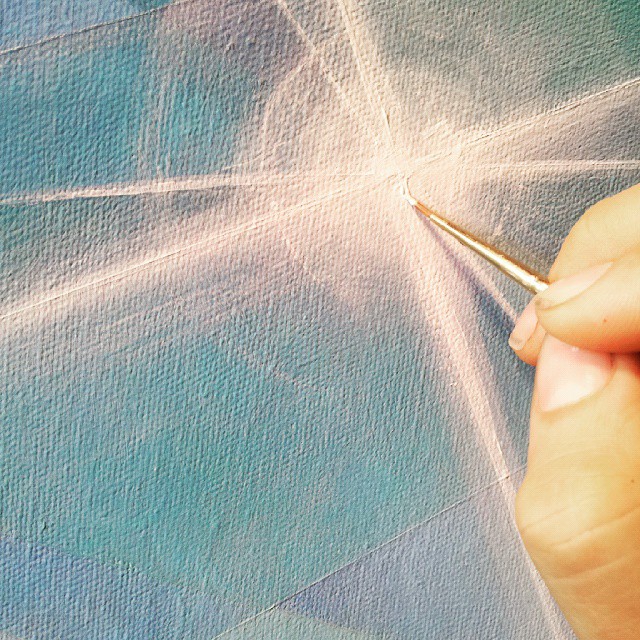
Making art is exploration. It is the act of becoming. We take what we have inside and bear witness to its messy beginnings, the warp and woof of it's threads and momentums, and weave it together to make the most beautiful vision we can - the most precious thing - of the art which is ours. And even that which is "ugly" can still be the most beautiful if done with love. It all leads back to that.
All of life is art. The act of life is art. Whatever is the thing which makes your soul sing, that is your art and when you do it well - when you preform your art - you feel alive. This is what art-making is. It is to be alive. It is practicing our own ever-becoming selves of this ever-becoming now.
The Beauty of Original Art
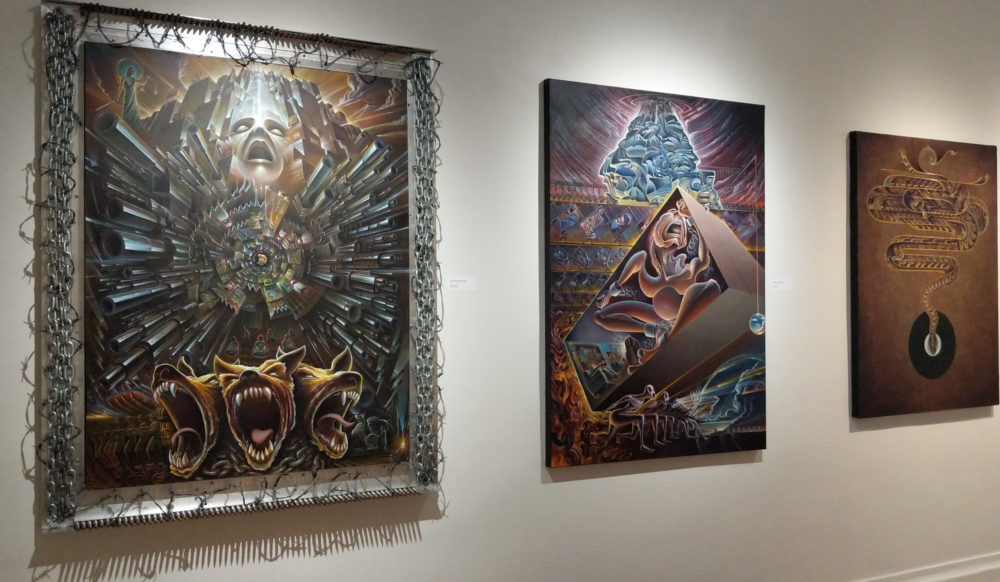
To own an original painting is as if to have the original playing - the live perfect performance - of a song. I've met many a musician who has, in a painting I've made, seen a visual representation of a song, much as I've heard many a song and, in that song, heard an auditory journey of a particular image.
Imagine if you could own Jimi Hendrix's "Axis" or Beethoven's 5th or Miles Davis' "Agartha". And so on. The canvas print of a painting is like the pristine vinyl recording. Paper prints and posters are like good quality CDs or your variable-kbps mp3. But the original work with all the nuance of brushtroke, the shifting tonality of the finish of the canvas, the ridges and craftsmanship of the paint: there is only one.
Monet, His Waterlilies, and the Creative Drive
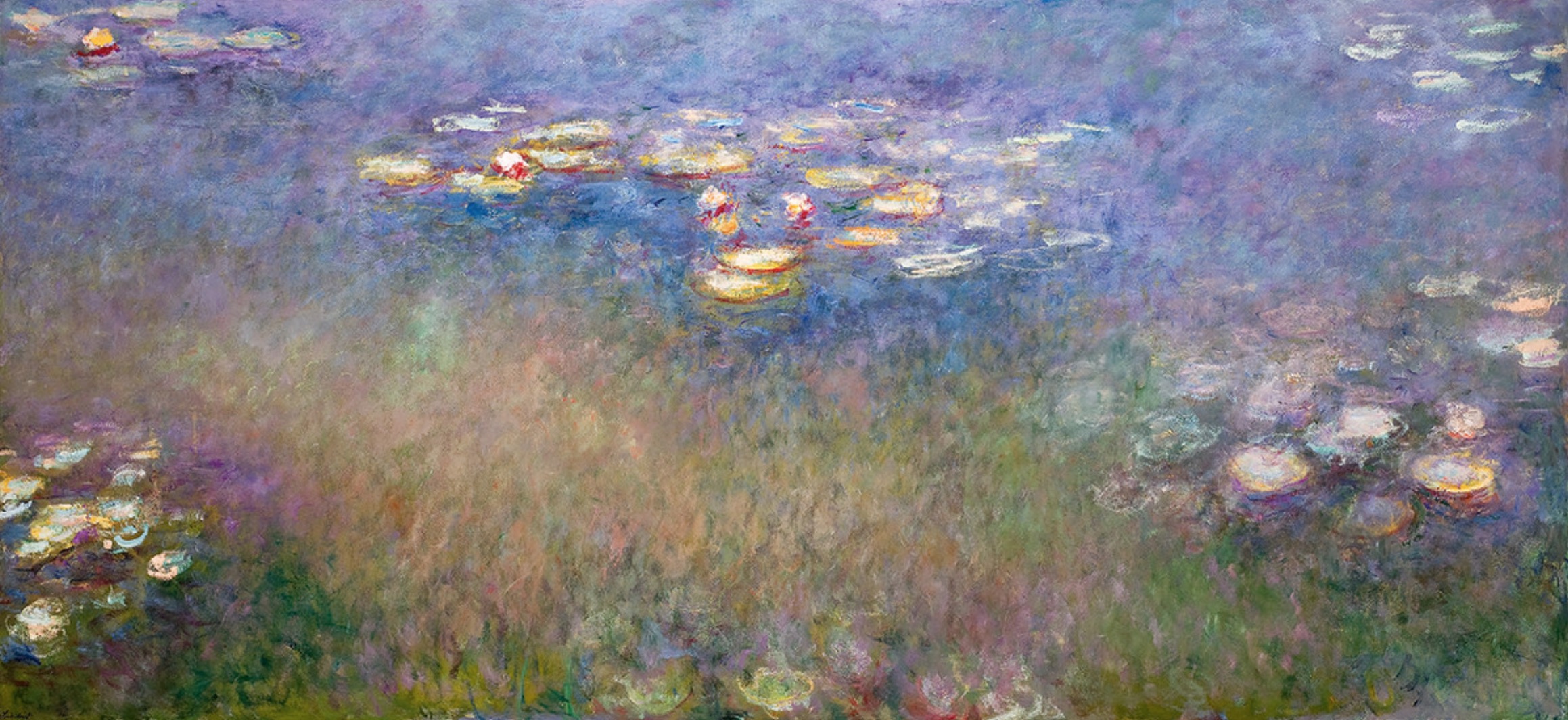
“Yesterday I resumed work. It’s the best way to avoid thinking of these sad times. All the same, I feel ashamed to think about my little researches into form and colour while so many people are suffering and dying...”
- Claude Monet - 1914 (While working on his water lilies paintings during World War I.)
From: Wartime water lilies: how Monet created his garden at Giverny
I feel like this sometimes. There's so much going on. There's this endless stream of chaos beating down my door. Who am I to turn my back on this issue or that issue and "resume my little researches into form and colour" while so much pain and suffering exists. Maybe it's the fact that joy CAN exist side by side with the pain.
Woman At A Bar
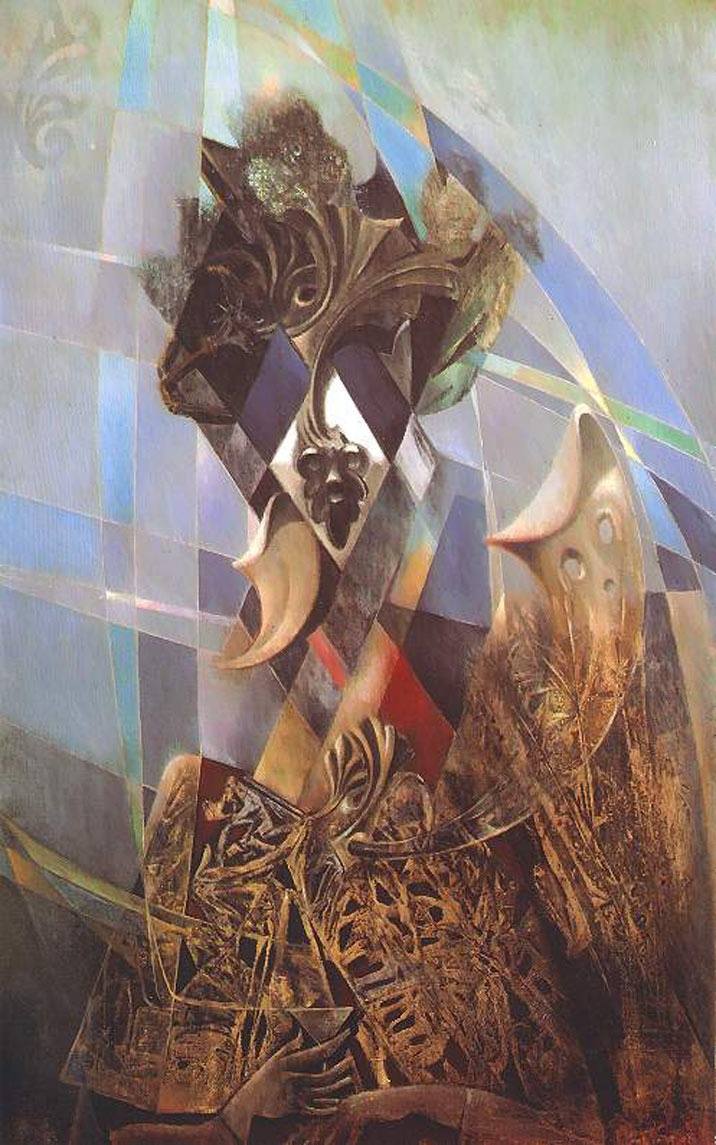
I wonder if anyone at an art show in 1900 said "O, look, ANOTHER painting of a woman at a bar." There's SO many paintings of a woman at a bar. Woman drinking at a bar. Woman sitting at a table near a bar. Then, sometime in 1945, Max Ernst comes along and says, "Hold my absinthe" and he paints 'The Cocktail Drinker."
The reason I mention this is you might look out on the artistic landscape and say: o another profile of a face, another soup of abstraction, another... and so on. But these paintings become the visual language of our current times. Out of those, arise a few particularly noteworthy pieces and we use those in the future to guide our understandings of ourselves.
Dear Artist
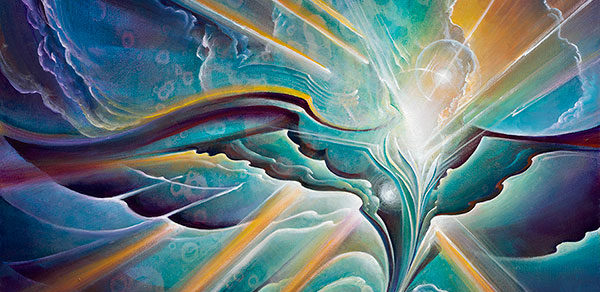
Dear Artist,
Often, when asked what advice I might give to you, I say something like, “Practice!” Or, “Do it every day!” Or some such thing. Everyone says it and it's true. But the deeper truth is - all of that is meaningless if not for one thing. There is only one real insight I can offer you:
YOU HAVE TO LOVE IT.
Why Art is Expensive :or: Pricing Your Art So You Can Live
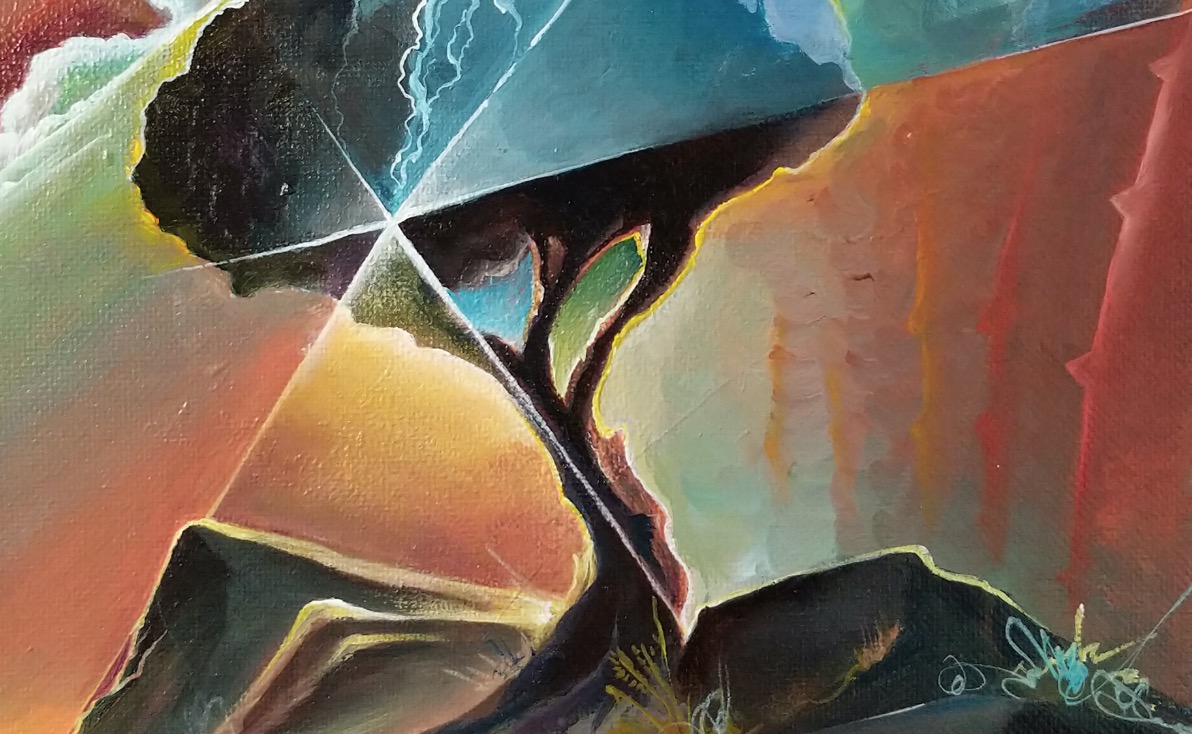
First, I will say what this post is not. This is not about what gives art value. I've written other pieces about that and probably will again. Nor is this about, say, why a David Hockney painting sold for $90.3 million. That isn't a question of 'why is art expensive' but 'why is it SO expensive' and that question has also been discussed elsewhere.
Instead, we're simply going to talk about the cost of a work of art as an equation of what goes into it, what one (in this case, the artist) should reasonably expect to get out of it, and how that creates the space for further explorations.
The Emotional State of the Image
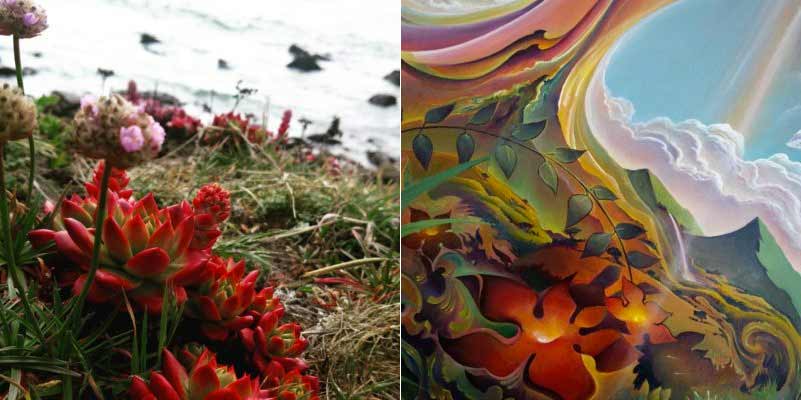
"I painted picture upon picture in keeping with the impression made on my eye in a moment of heightened emotion – painted the lines and colours that remained fastened to my inner eye... By painting the colours and lines and shapes I had seen in an emotional state – I wished to recapture the quivering quality of the emotional atmosphere like a phonograph."
Edvard Munch
This. A painting I make is based upon an impression made upon me by the experience of an emotional state. It is to be seen as if listening to a song.